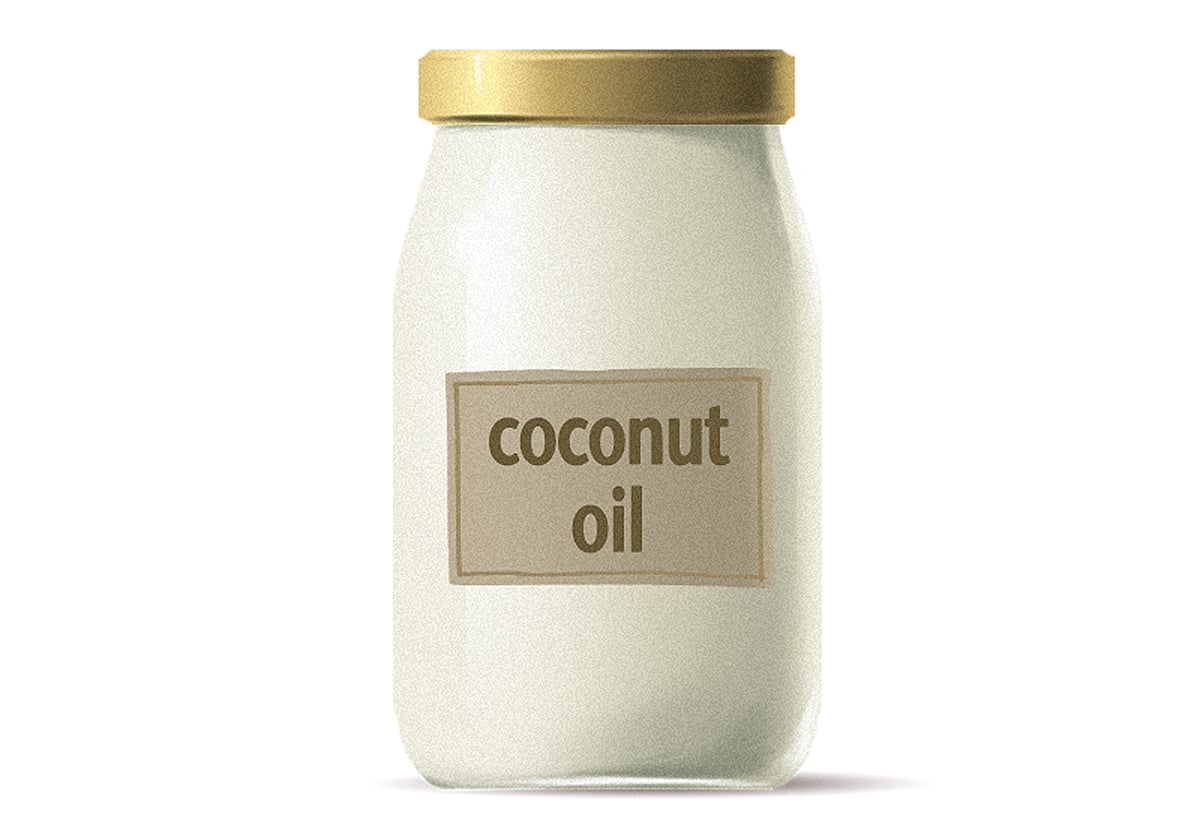
The debate over which diet is the most environmentally friendly is still going strong – sorry vegans, but it’s not actually a settled fact that meat is unsustainable and soy monoculture is the answer to all of society’s problems! There’s a strong case to be made for a food system based on both plant and animal husbandry as a much better solution.
But leaving that debate aside for now, here’s a look at a different question: assuming you’re going to eat Paleo anyway, how can you make your choices easier on the on the environment?
The typical answers (grass-fed meat! Organic, local produce!) are great if you have money for them, but the hard fact is that not everyone does. But that doesn’t mean you can’t do anything: here are 5 ways to make Paleo a little greener, while saving yourself some money in the process.
1. Don’t Waste Food
You can argue back and forth and back and forth whether it takes more resources to provide meat or grains as food. But there’s one thing we can all agree on: if we’ve already expended the resources to make some food, the most wasteful thing we could possibly do with it is throw it in the trash. It’s not only wasting the resources that went into the food; it’s also taking up landfill space to hold it! (Yes, some people compost, but most people don’t.)
On average, American families throw out 25% of the food they buy, which costs a typical family $1,365 to $2,275 per year. That isn’t just environmentally insane, it’s also incredibly expensive: imagine what you could do with that money!
Here are some tips on avoiding food waste when you’re eating Paleo, and here’s how to save anything from going bad in the fridge.
2. Don’t Drive to the Store
Let’s say you live in Buffalo, NY, and you’re buying a head of lettuce from California. Here are some quick calculations about how much gas went into getting that lettuce to you:
- To get to your store (roughly 2,500 miles) in a truck getting 7mpg: 357 gallons of gas for the whole truck. You can fit way more than 357 heads of lettuce into a semi truck, so the total gas per head of lettuce is well under 1 gallon.
- The 30-mile round trip that you take by car to the grocery store: Approximately 1.5-2 gallons.
Even if you’re buying food trucked in from across the country, you can significantly reduce the fossil fuel demands of your food by not driving to the store. And gas you don’t use is gas you don’t have to pay for. Some ideas:
- Carpool with another family to get two loads of groceries on one tank of gas. (cost: half of what you’d otherwise pay for gas)
- Take public transit. (cost: roughly $1.50-$3)
- Pick a closer store and ride your bike or walk. (cost: free, plus bonus exercise)
3. Eat Fewer Almonds
Almonds suck up a huge amount of water, mostly from areas of California that still can’t stand to lose any more water (the news cycle has moved on, but the drought is still ongoing). And compared to other Paleo foods you could be eating, they’re very expensive and not proportionally nutritious – in fact, many people do better without them.
That’s not a call to completely stop eating them, but here’s a suggestion: if you actually want almonds, eat almonds. If you just want a snack or a treat and you don’t really care what it is, eat something else.
- For snacks, try a hard-boiled eggs, some olives, leftover meat, or a piece of fruit.
- For treats, if you're in the Northern hemisphere, apples are in season and delicious, and easy to bake with butter and spices. Or try this tasty dessert that’s perfect for fall weather.
4. Use Less Packaging
When you go Paleo, you’re already cutting a lot of packaging out of your life just by getting rid of processed foods. That's great: it saves landfill space and reduces the overall amount of one-time-use plastic junk that ends up floating around in the ocean. But you can get rid of even more and save money while you do it!
- Drink tap water. Bottled water is an environmental disaster, and actually less strictly regulated than tap water, so the tap water is probably cleaner. If your tap water tastes funny, get a water filter.
- Buy in bulk. Bulk spices and bulk loose-leaf tea cut down on a lot of packaging waste, and they’re so much cheaper that it’s amazing anyone still pays $4 for those tiny little jars at the grocery store.
5. Eat Animal Fat

Animal fat - lard, tallow, duck fat, and schmaltz - is delicious and nutritious. You can get raw fat from a butcher or local farmer, and it's usually quite cheap or even free because demand is very low. From an environmental perspective, you're replacing coconut or olive oil shipped in from thousands of miles away with something you got locally, which really cuts down on the amount of fossil fuels burned to support your diet. (The exception: if olive oil is actually a local crop for you, this doesn't apply; enjoy your local bounty!)
Here's how to render the raw fat into delicious lard or tallow if you don't already know.
Got any other tips that help you save money and do the planet a favor at the same time? Let us know on Facebook or Twitter!





Leave a Reply